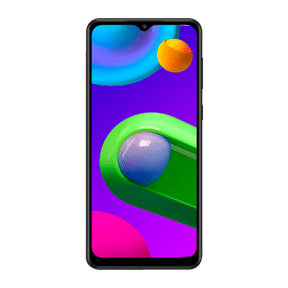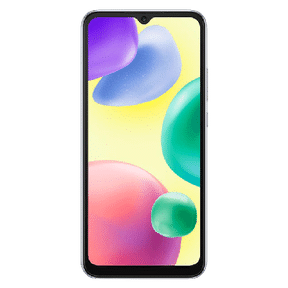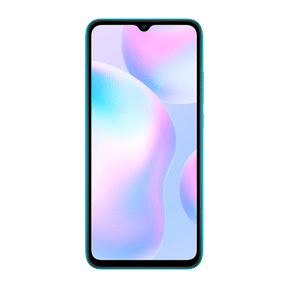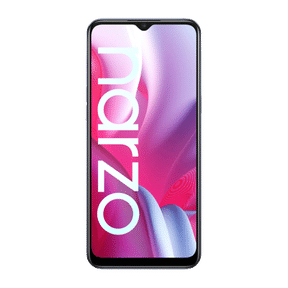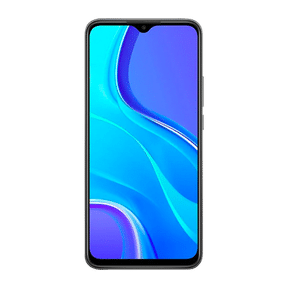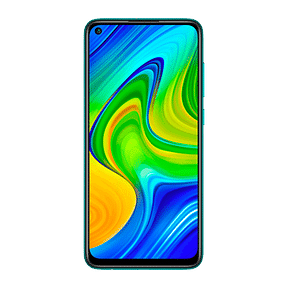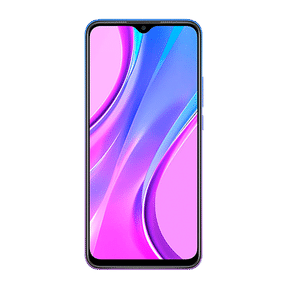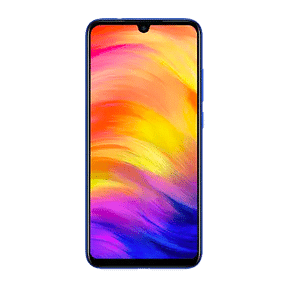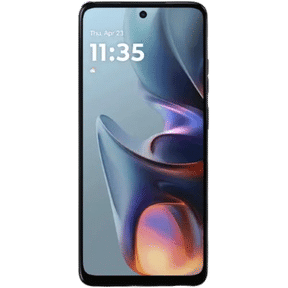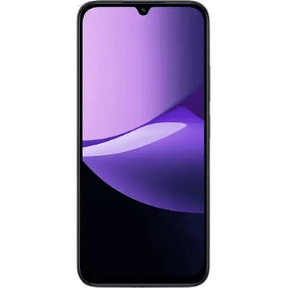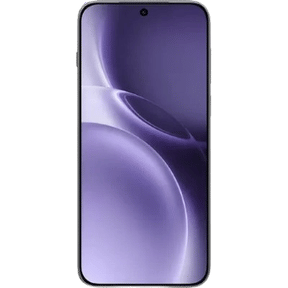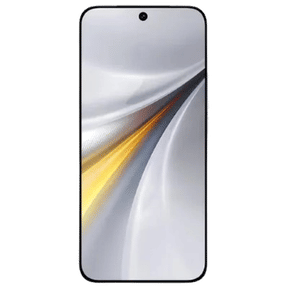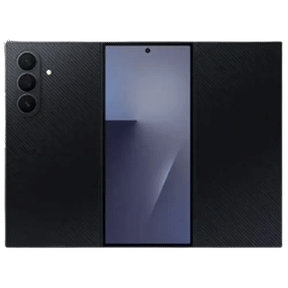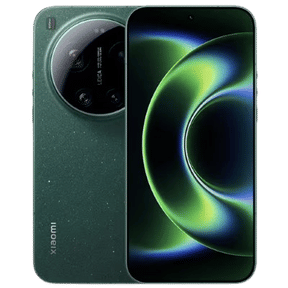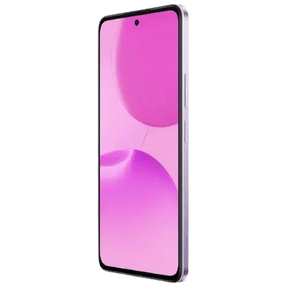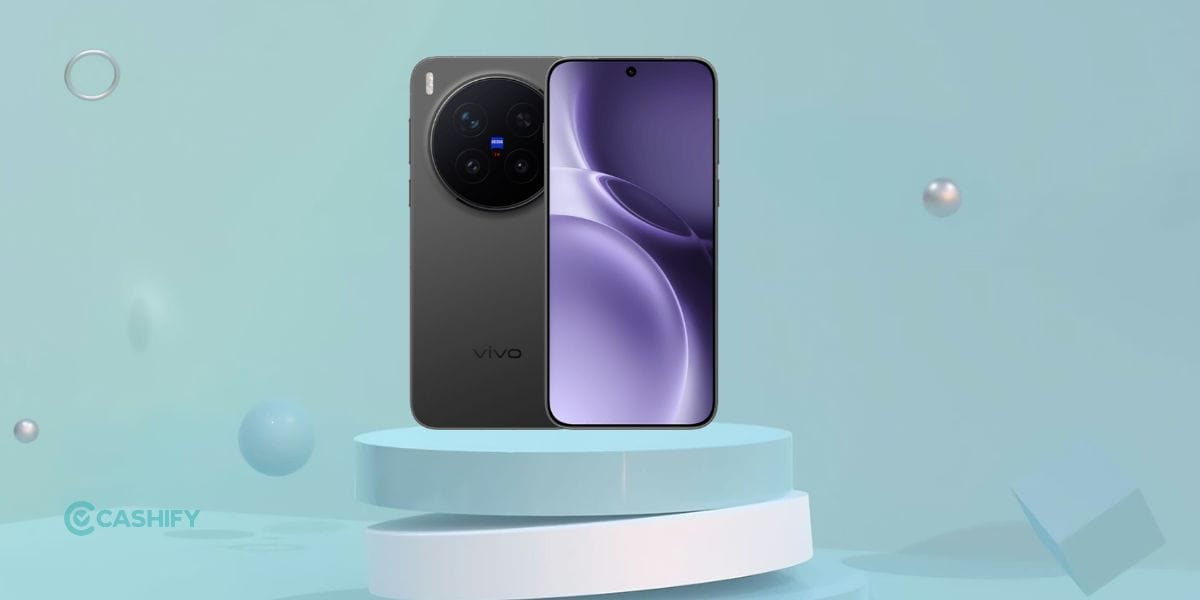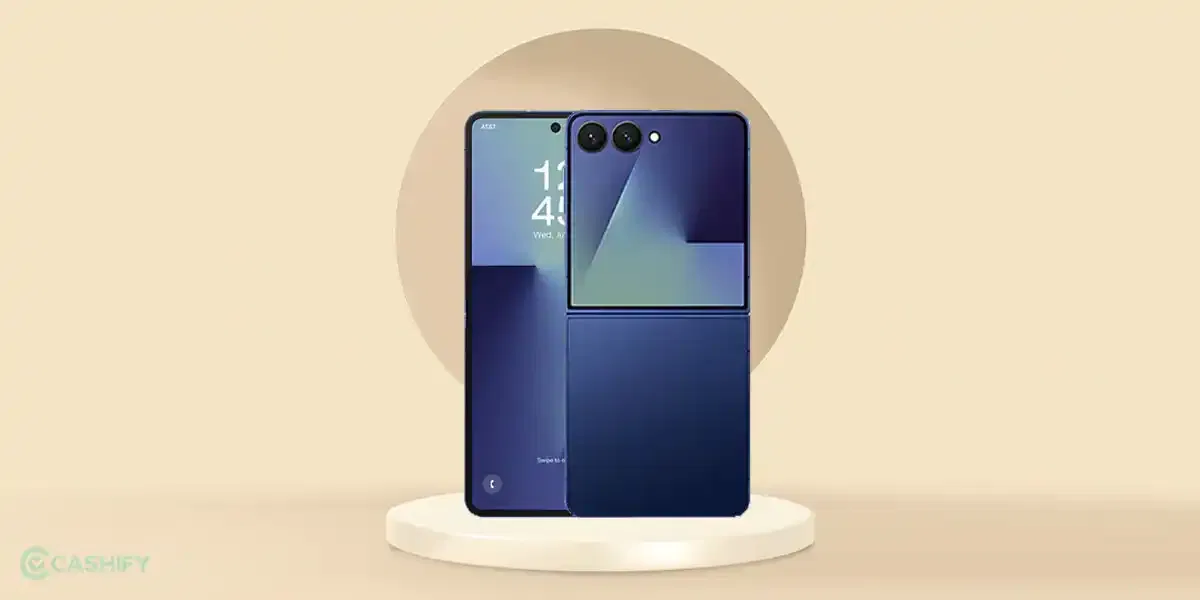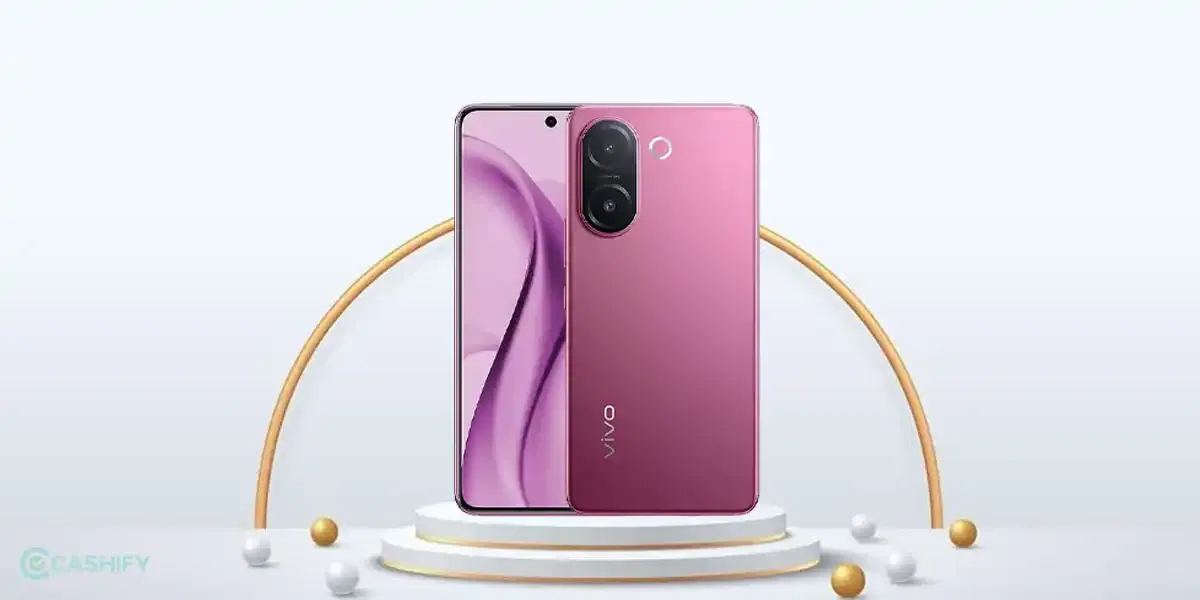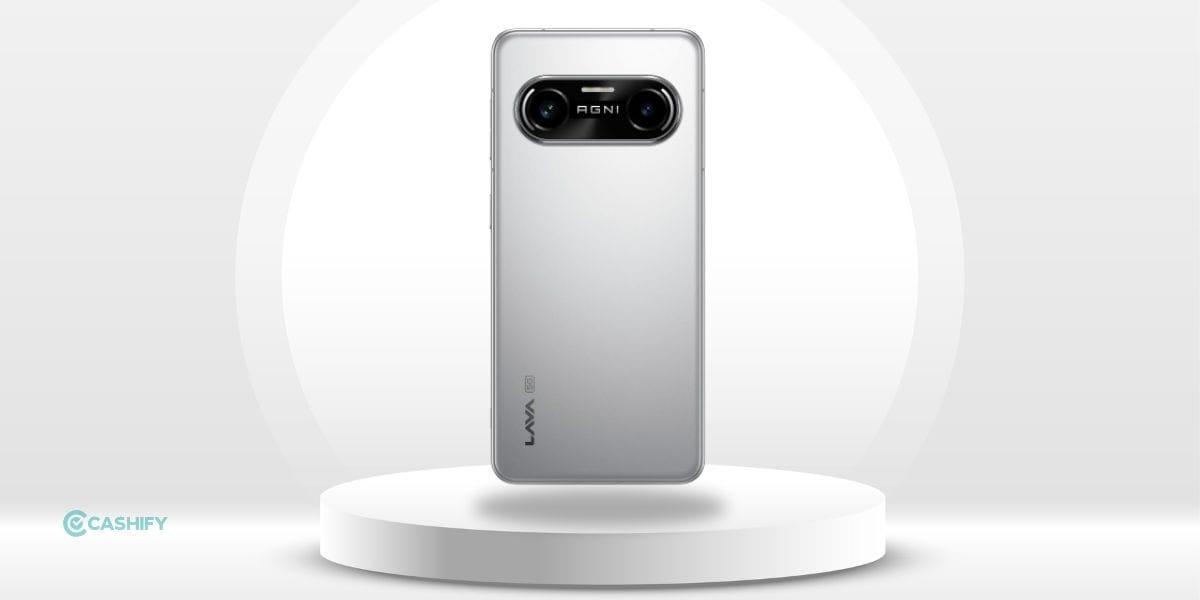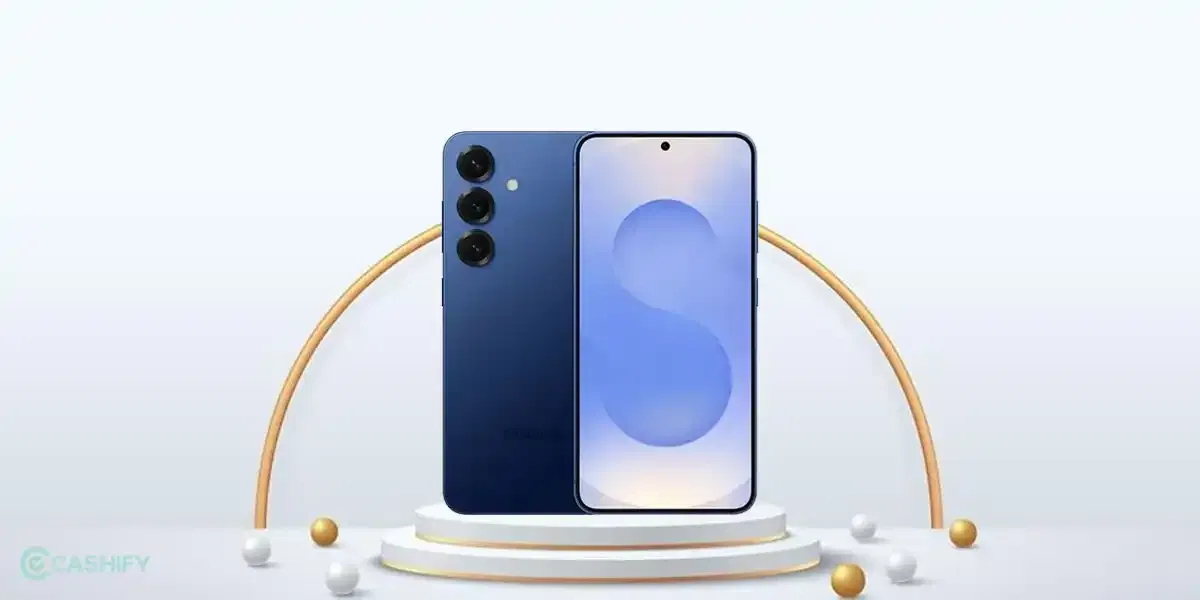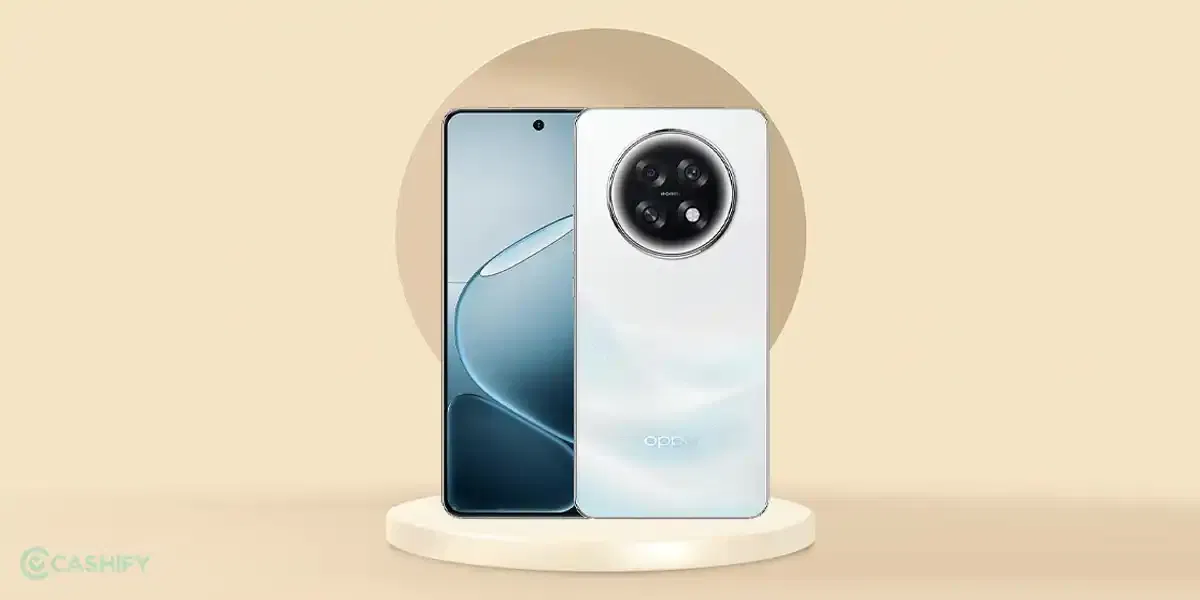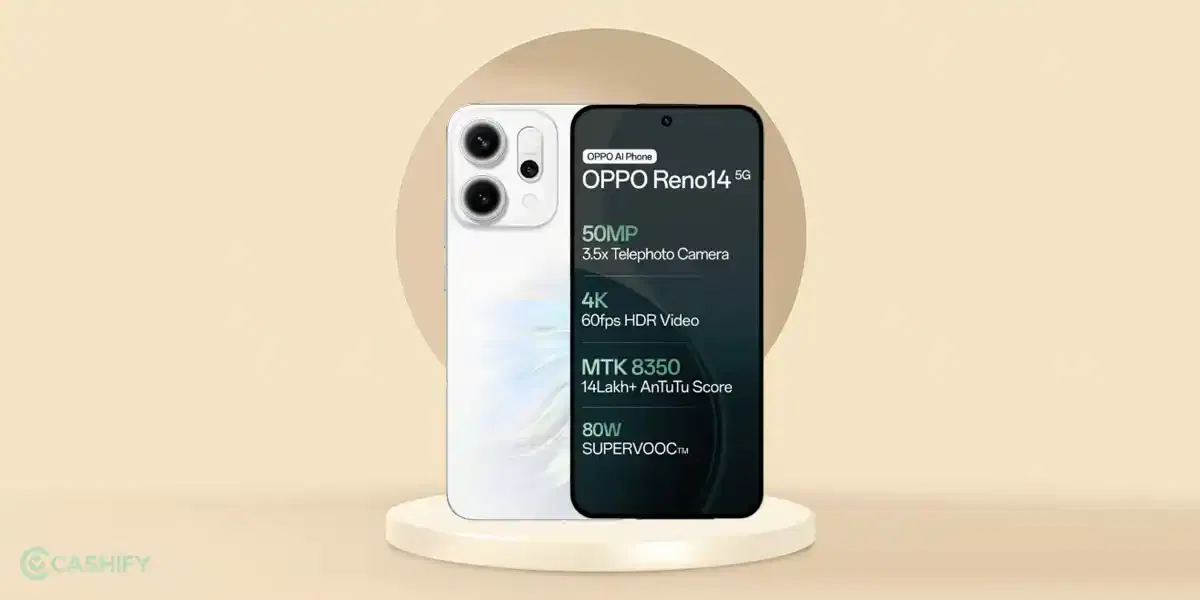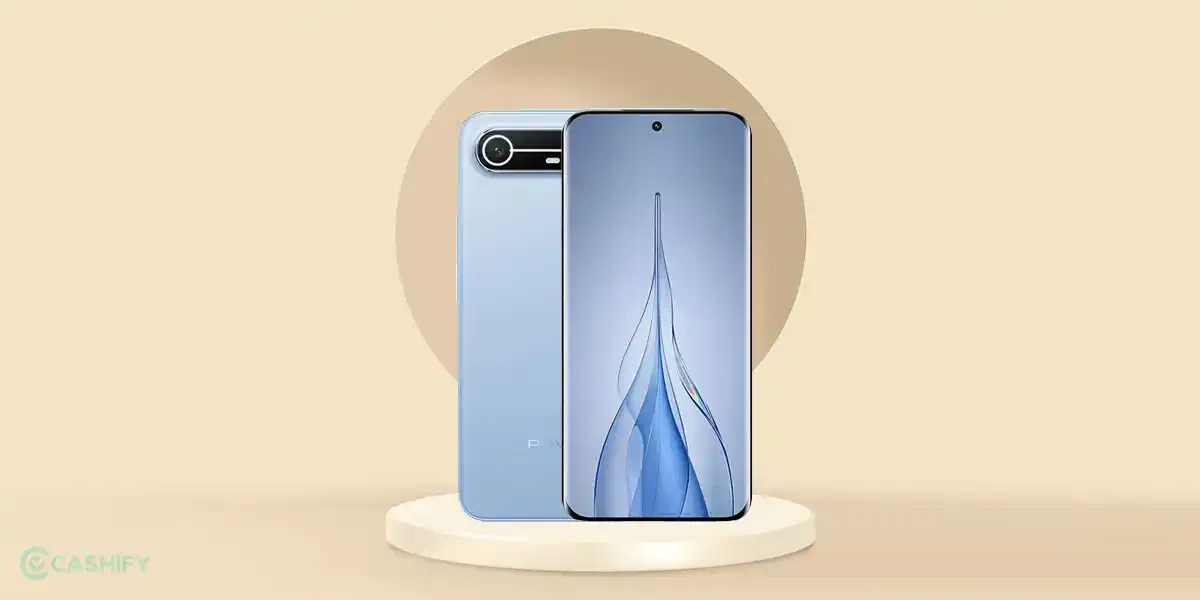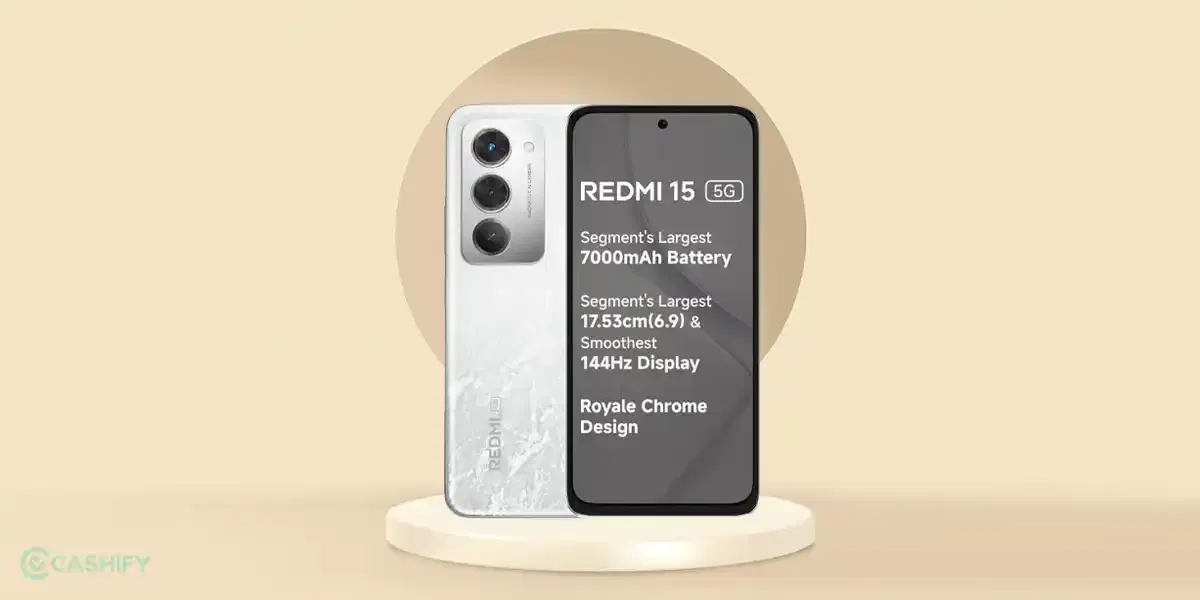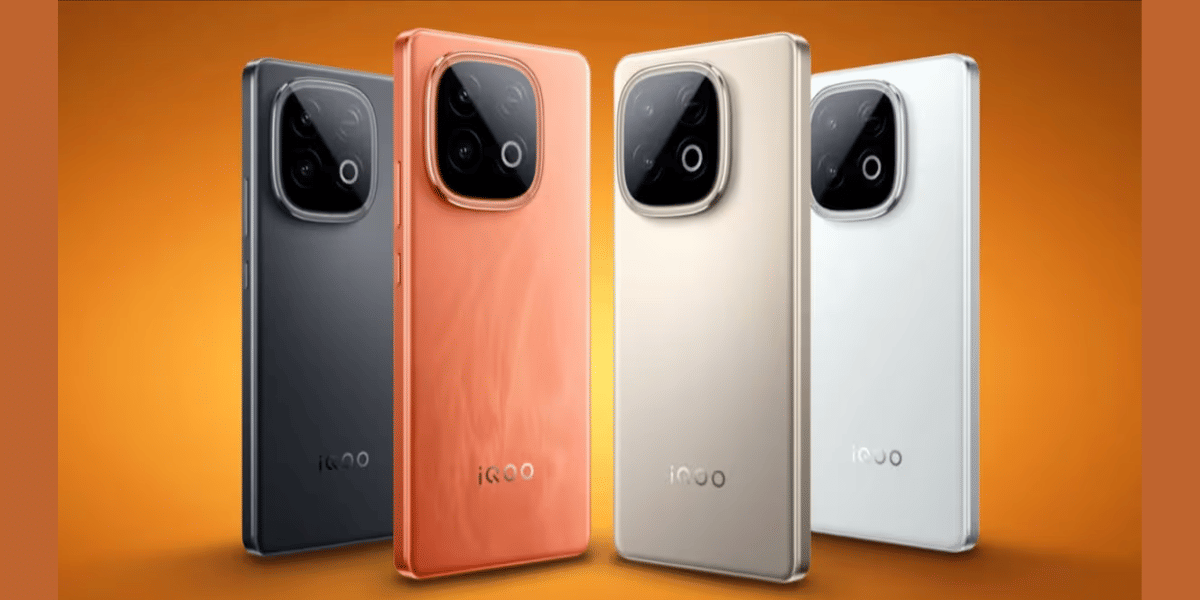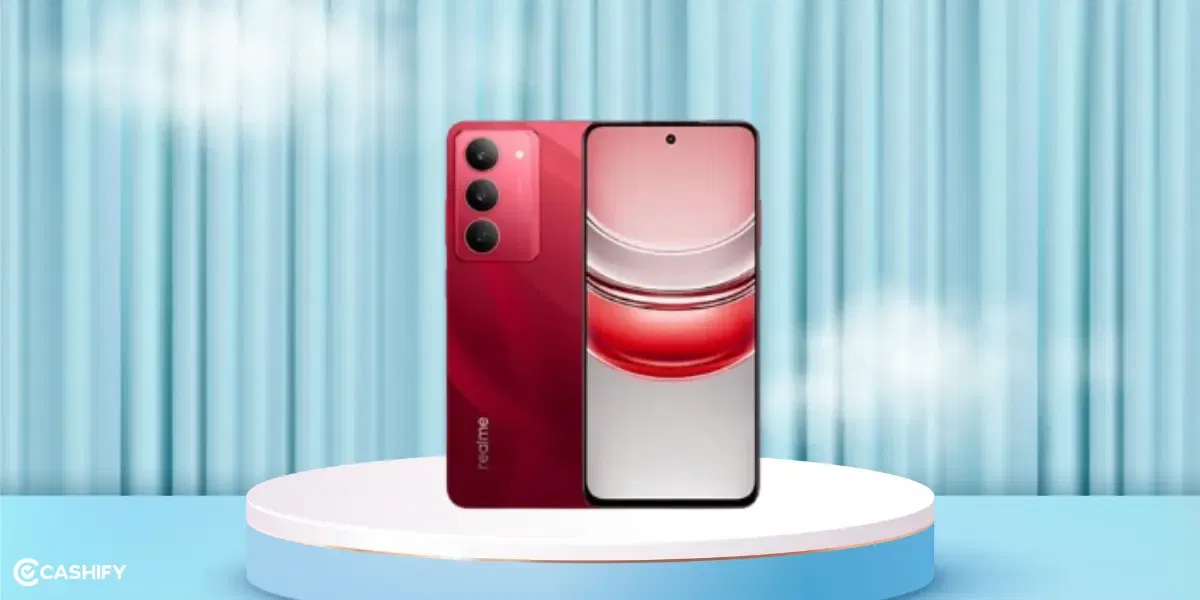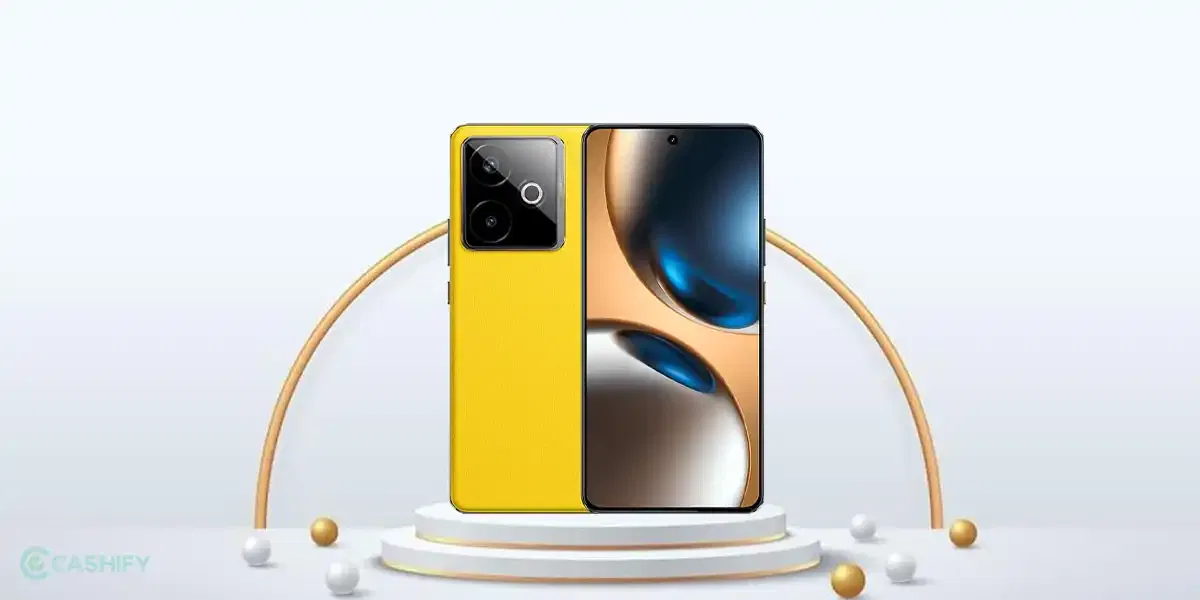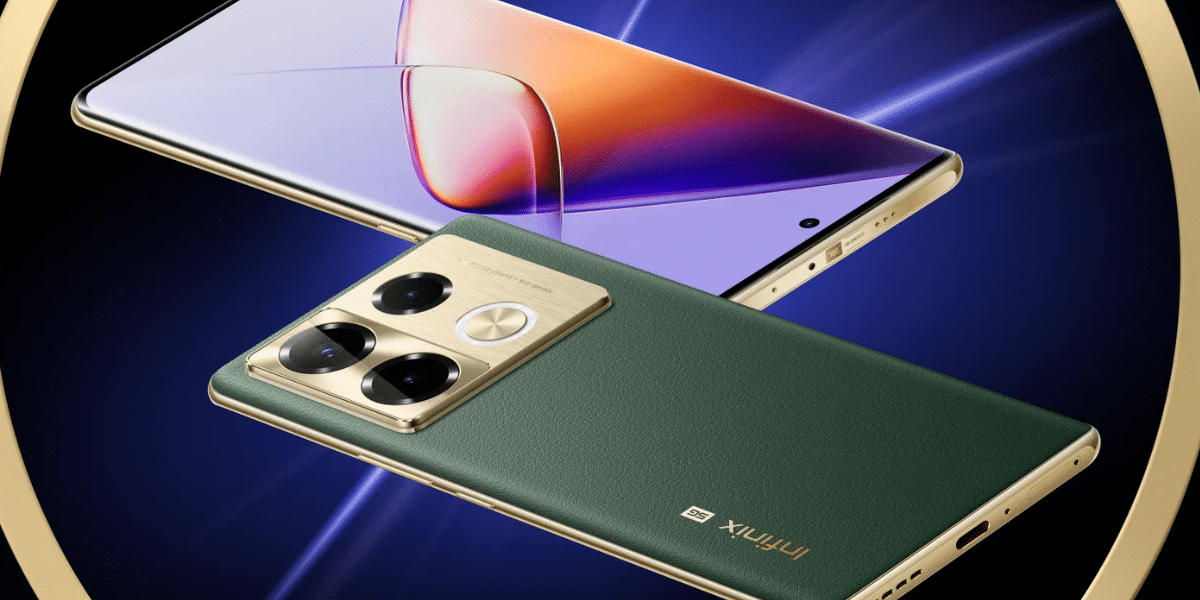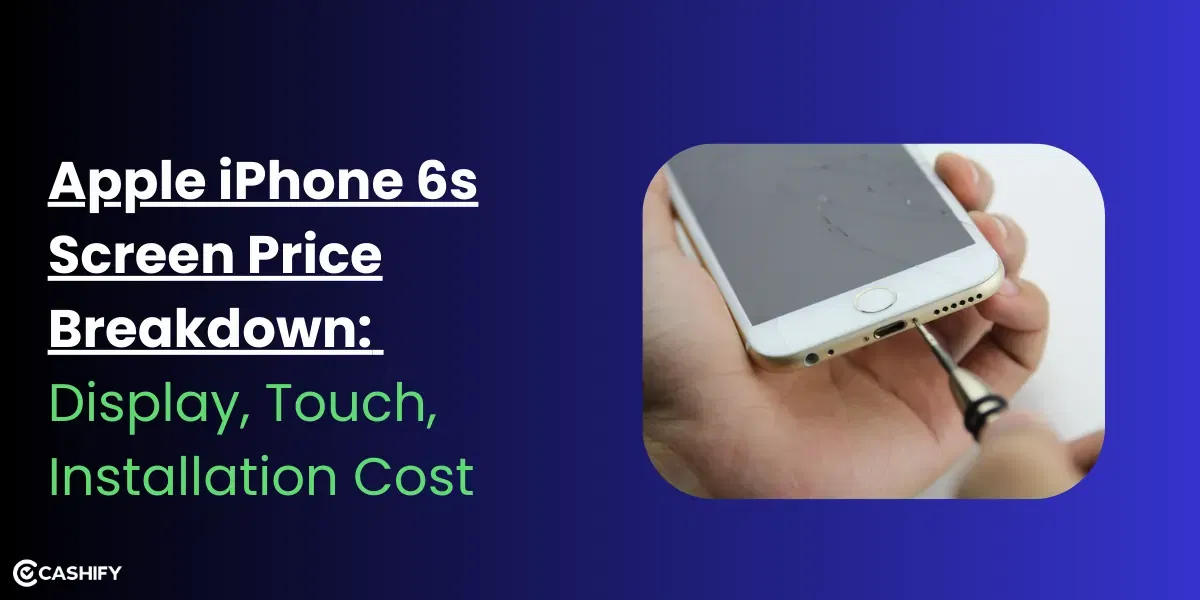
Score
Samsung Galaxy A20
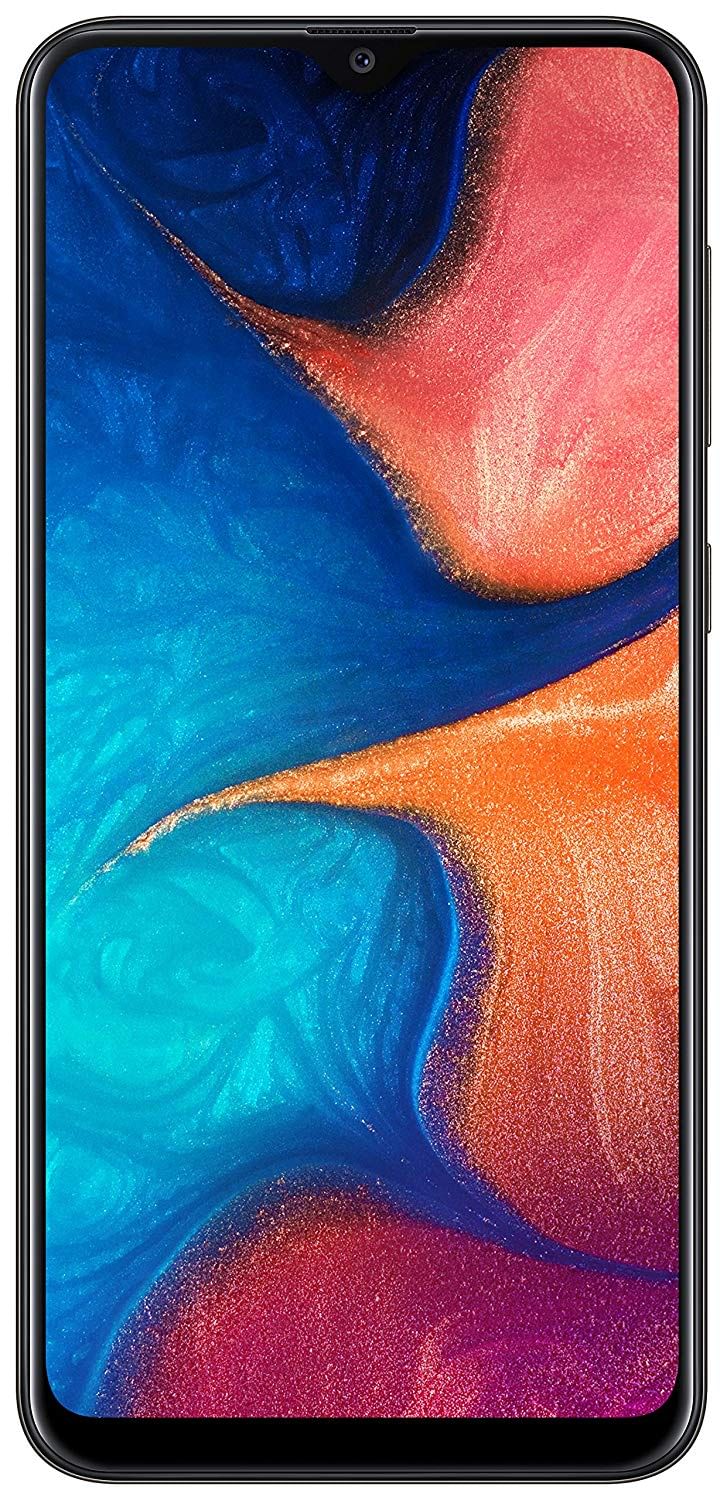
The Galaxy A20 sports a massive 6.4-inch Super AMOLED display with a screen resolution of 720 x 1560 pixels. It runs on Android v9.0 (Pie) with the new One UI skin on top. An octa-core Exynos 7884 SoC powers it. It has 3GB RAM. Although the internal storage is 32GB, you can expand it up to 512GB via microSD card.
As for the battery, the phone comes with a massive 4000 mAh non-removable battery. Another useful feature is the dual camera setup on the rear (13MP + 5MP shooters). On the front, there’s an 8MP selfie cam. It is 7.8mm thick and weighs 169g.
There are three colour options for the Galaxy A20 – Blue, Black, and Red.
PROS
- AMOLED Display.
CONS
- Not suitable for heavy gaming.
About the Product Overview
Pros:
- It features a premium design with a glass front and a ‘glasstic’ polycarbonate back.
- It comes with the impressive Super AMOLED display.
- It sports the minimally intrusive Infinity-V notch.
- It has a dedicated microSD card slot.
- It has a Fingerprint Sensor.
- The battery backup is excellent.
- The overall performance is great.
Cons:
- The low-light camera performance is average.
- The display has a lower resolution compared to phones in the same price range.
The Galaxy A20 packs in a host of useful features such as the Super AMOLED display, a powerful Exynos 7884 SoC, reliable battery life, and so much more – at under 15k. It is an excellent choice for those looking for a budget phone with decent performance and an excellent display.
